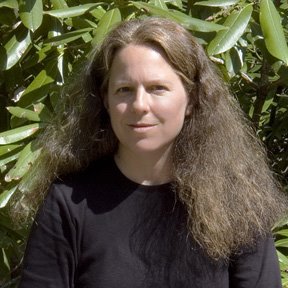Mid-Spring Forest

Jefferson National Forest, April 19, 2005
This shows the southern Virginia forest during "mid-spring," which happened this year during mid-April. The spring wildflowers began blooming back in mid-March, and more or less finished by mid-May. Hepatica was one of the first to bloom, and Woodland Phlox was one of the last.
As you can see in this photograph, the leaves are starting to grow on the tree branches, but still have a long way to go. During this part of the season, the forest floor receives quite a bit of sunlight during the day. This provides energy for the wildflowers, which helps them grow, store food, and produce seeds. Sunlight also warms the forest floor so that pollinators, like bees, can travel around.
The exact timing of spring varies from place to place, and from year to year. By studying a common wildflower, like spring beauty, it is easy to make comparisons. In the upper peninusula of Michigan, spring beauty begings blooming during early May, whereas in eastern Iowa, it typically begins blooming at the end of March. Some years, winter hangs in a little longer than others, which can delay spring beauty (and other wildflowers, and leaves on the trees) by as much as two or three weeks.
By mid-spring, when the leaves start growing in the branches on the trees overhead, spring beauty reaches full bloom. When the leaves of trees reach maturity, filling the forest floor with shade, then spring beauty wildflowers go dormant until the following year.


0 Comments:
Post a Comment
<< Home